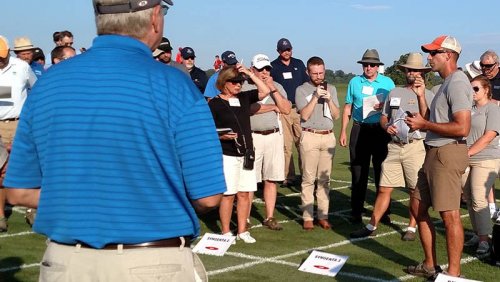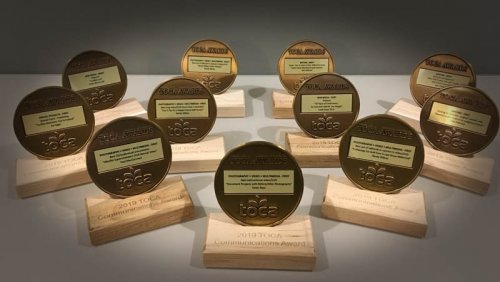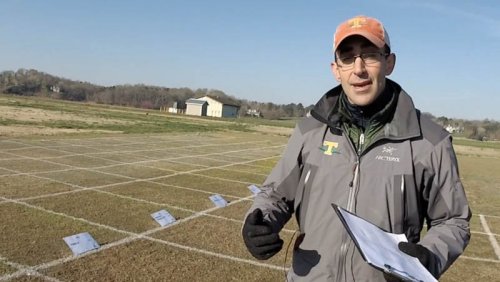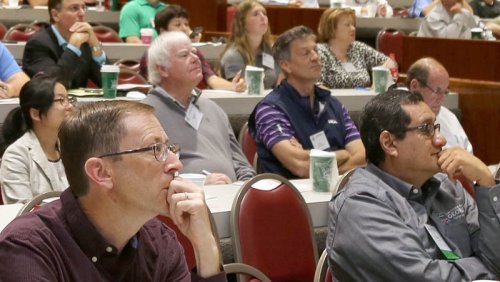
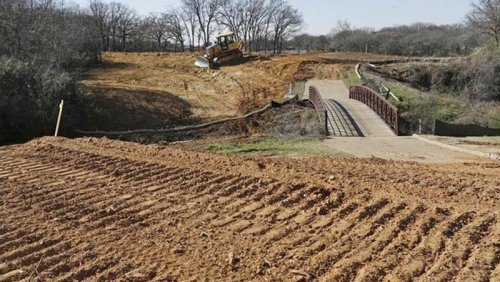
- Albert Einstein
The modern golf game and hard science are joined at the hip. At least they were, but recent events are threatening that relationship.
The debate about whether glyphosate is or is not a carcinogen is not an argument being argued with science. Instead, it is a battle being waged in venues such as courtrooms, where the ammunition is emotion lobbed at juries, and on social media, where nonsense and untruths rule the day.
To date, juries have awarded more than $160 million to two people diagnosed with non-Hodgkins lymphoma claiming that Roundup is to blame for their cancer, despite multiple reports to the contrary by the U.S. Environmental Protection Agency. More than 13,000 other pending cases alleging glyphosate causes cancer are awaiting adjudication, including one in which the defendants are seeking damages of $1 billion.
The process calls into question the effectiveness of the EPA and its role in the future.
According to the EPA, there is no definitive evidence that suggests glyphosate causes cancer. That's good enough for some in science and for some lawmakers, but not all.
That has not stopped some U.S. cities from banning its use and some states for trying to do so.
Three Vermont lawmakers in February proposed legislation that would ban the sale and use of glyphosate unless authorized by the state's agriculture commissioner.
The bill includes the following language in paragraph 1 on page 2: "In 2015, the International Agency for Research on Cancer, a division of the World Health Organization, concluded that glyphosate is a probable carcinogen."
HR 301 in Vermont has not emerged from committee since it was introduced, but some state, some day is going to be the first to move on this bill or one similar to it.
Some U.S. municipalities already have.
Earlier this year, Miami banned the use of glyphosate on city property. Watsonville, California, which supplies U.S. supermarkets with much of their produce, recently became the latest in a growing list of municipalities in that state to ban glyphosate use.
The EPA has a specific scientific review process to determine labeling for every chemistry on the market.
The decision-making process for city officials in Watsonville was not based in science as reported by the EPA, which is the nation's agency-of-record for determining chemical oversight. Instead, it was based on World Health Organization claims in 2015 that glyphosate is "likely a carcinogen" and the findings of a group of scientists known as the California state legislature that labeled the chemistry as a known carcinogen in 2017.
Science was not enough to stop Watsonville mayor Francisco Estrada from claiming that Monsanto, the maker of Roundup that was bought by Bayer in 2018, was "hiding" its cancer-related research until being outed by the WHO four years ago.
The EPA has identified dozens if not hundreds of chemistries as cancer-causing agents, so it does not exactly have a track record of hiding data to serve commercial gain. But when the agency restated on social media its findings that refute a link between glyphosate and cancer, it was bombarded on Twitter by faceless trolls suggesting everything from a Trump EPA that panders to the chemical industry to direct payoffs by Monsanto.
This is the same sort of shouting from the rooftops that dominates political discourse on social media, where the loudest voice, which usually is not the truest, receives the attention. And those voices keep shouting until the have bullied those who do not agree with them into silent submission.
Just ask Harrell's, which earlier this year announced it would stop selling glyphosate because the company's insurance carrier refused to provide coverage in the event of litigation against the company.
In a letter from the company, Harrell's CEO Jack Harrell said: "(D)uring our annual insurance renewal last month, we were surprised to learn that our insurance company was no longer willing to provide coverage for claims related to glyphosate due to the recent high-profile lawsuit and the many thousands of lawsuits since. We sought coverage from other companies but could not buy adequate coverage for the risk we would be incurring. So we had no choice other than to notify our Harrell's Team and customers that we would no longer offer products containing glyphosate as of March 1, 2019."
Granted, many superintendents probably could get along just fine without glyphosate. But what happens when it is time for that next major renovation or restoration project? Or, what happens when those who are willing to dismiss scientific research come after the next chemistry on their hit list that you do use?
No one in the T&O industry can fault Harrell's for this business decision, but the thought of the insurance industry buckling to uneducated public opinion to decide what products the T&O and agriculture markets can and cannot use, despite evidence to the contrary, is a frightening prospect and a slippery slope down which we have just begun to slide.
- Read more...
- 3,334 views

